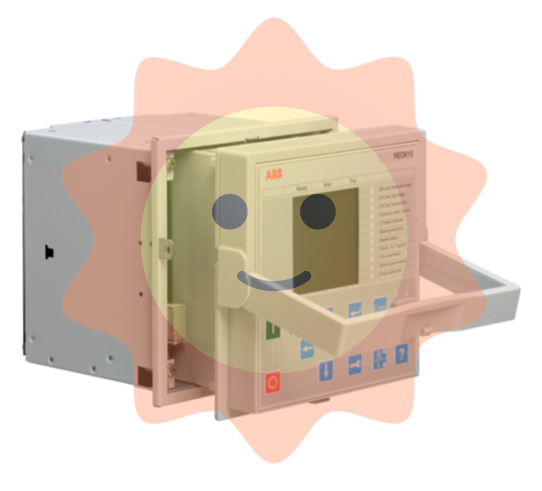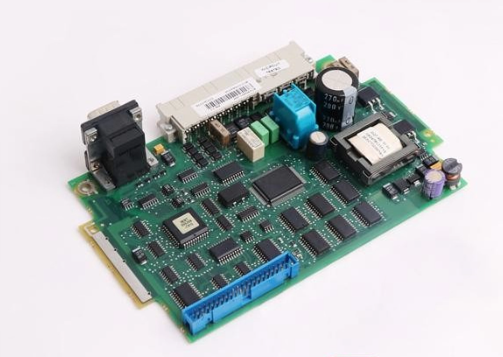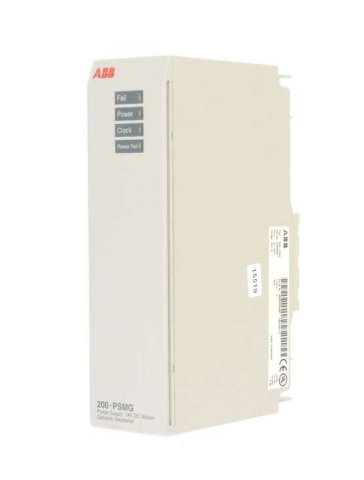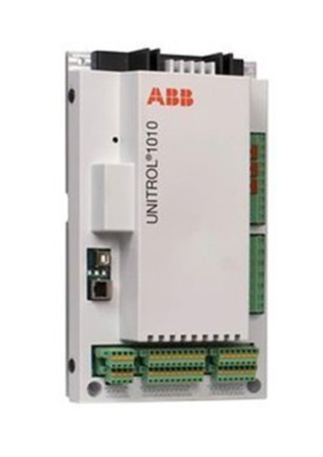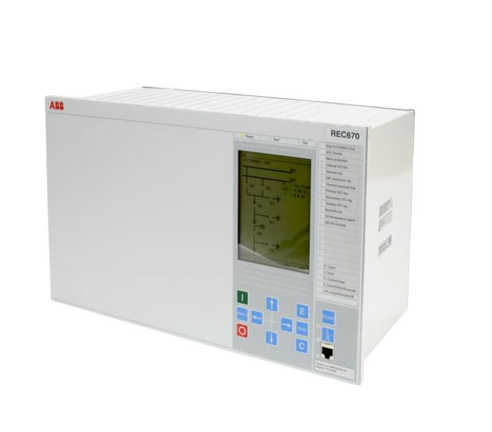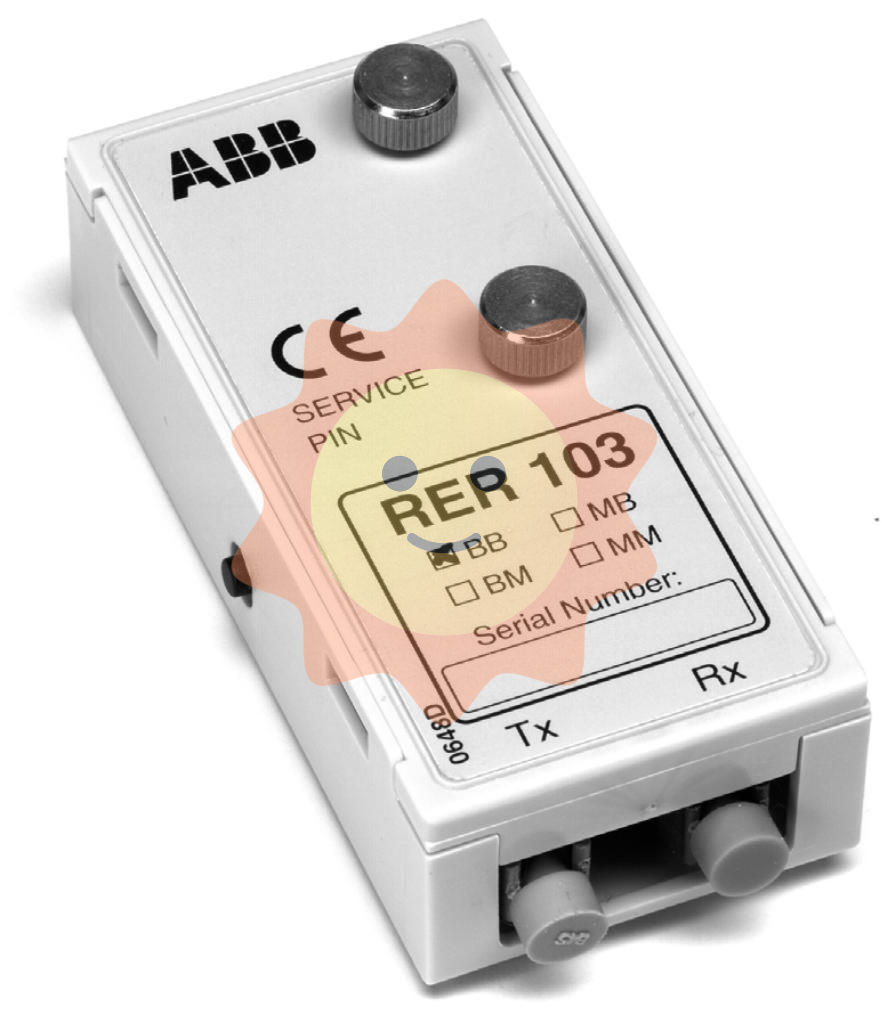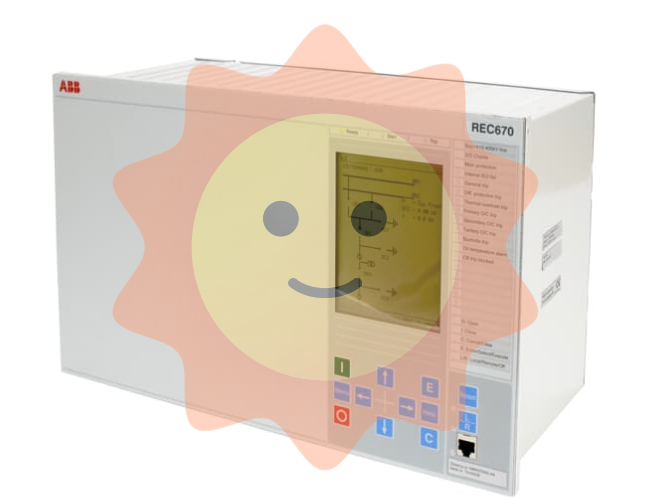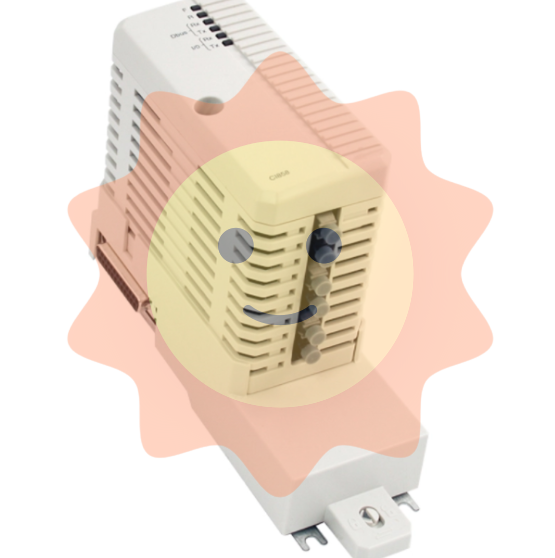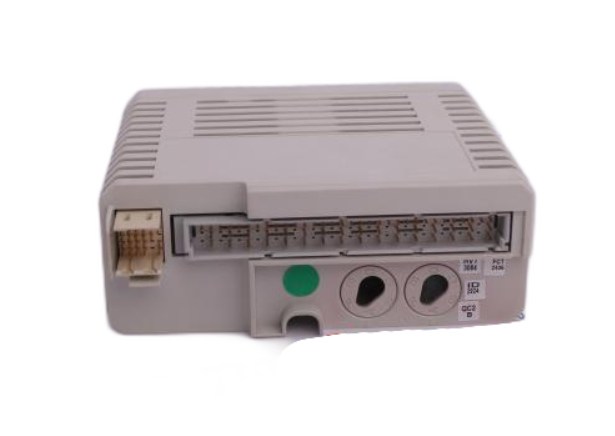Watlow CLS200 series controller
Return to single circuit display, press the "MAN/AUTO" key, press the "NO" key to switch to TUNE mode, press the "ENTER" key to start self-tuning (TUNE "flashes);
After self-tuning is completed, automatically switch to automatic mode and restore the original setting value of "INPUT Filter".

Setting guide
1. Enter the settings menu
Enter through the "three key combination": Under the single circuit display of the target circuit, press the "ENTER", "ALARM ACK", and "CHNG SP" keys in sequence (not simultaneously). If there is no operation for 3 minutes, the controller will automatically return to the single circuit display to prevent unauthorized access.
2. Core Settings Menu
(1) SETUP Global Parameters
Includes parameters such as task loading/saving, task selection digital input, output forced digital input, startup alarm delay, ramp/constant temperature time reference, keyboard lock, power on output status, process power digital input, controller address, communication parameters (baud rate, protocol, verification), AC line frequency, digital output polarity during alarm, etc. For example:
Load SETUP FROM JOB "/" SAVE SETUP TO JOB ": Load/save tasks 1-8, which include PID parameters, control status, alarm settings, etc;
Controller Address ": Set the communication address (1-247) to be unique in the EIA/TIA-485 network. Anasoft software supports up to 16 controllers (addresses 1-16);
Communications BAUD RATE ": Set the baud rate (2400/9600/19200) to be consistent with the upper computer.
(2) Loop input setting (SETUP LOOP INPUT)
Configure input type (thermocouple/RTD/linear/pulse/SKIP), circuit name, input unit, input offset, thermocouple reverse detection, pulse sampling time, display format, linear calibration parameters, input filtering, etc., for example:
INPUT TYPE ": Select the sensor type, SKIP is used for unused circuits (does not detect alarms, does not participate in scanning);
INPUT SCALING ": Linear input requires setting high/low process variables and corresponding high/low readings to achieve signal calibration;
INPUT Filter ": Set the filtering for the 0-255 scan period, disable filtering at 0, to suppress input signal fluctuations.
(3) Loop Control Parameter Setting (SETUP LOOP Control PARAMS)
Set PID core parameters such as heating/cooling ratio band (PB), integration time (TI), differentiation time (TD), control filtering, temperature difference (SPREAD), PID recovery digital input, etc., for example:
HEAT Control PB ": The larger the proportional band, the weaker the proportional effect, and the default value varies with the sensor type (e.g. J-type thermocouple defaults to 50);
SPREAD ": It is a hysteresis loop during switch control, and a switching threshold (0-255, consistent with the display format) for process variable deviation from the set value during PID control.
(4) Loop output setting (SETUP LOOP OUTPUTS)
Enable/disable heating/cooling output, set output type (TP/DZC/SDA/ON/OFF/3P DZC), cycle time (TP mode), SDAC parameters, output action (reverse/forward), output limit, sensor fault output, thermocouple break output average, output linearity, etc., for example:
HEAT CON OUTPUT ": Enable/disable heating output, which can be used as an alarm output when disabled;
SENSOR FAIL HT OUTPUT ": Heating output percentage (0-100%) in case of sensor failure, default 0%.
(5) SETUP LOOP ALARMS
Configure high/low process alarm settings, alarm types (OFF/ALARM/MOTOR), alarm outputs, deviation alarm values, alarm dead zones, alarm delays, for example:
HI PROC ALARM SETPT "/" LO PROC ALARM SETPT ": High/low process alarm threshold, within the sensor range;
ALARM DEADBAND ": Alarm hysteresis, preventing process variables from fluctuating near the alarm threshold and causing frequent alarms (0-255, units consistent with display format).
(6) Manual I/O Test
Test digital input (displaying H/L status), digital output (manually switching ON/OFF), keyboard (displaying key names by pressing any key), and display screen (displaying pixel patterns) to troubleshoot I/O faults.
Troubleshooting and Maintenance
1. Common faults and their solutions
(1) Power and display malfunction
LOW POWER: Confirm that the power supply voltage is ≥ 12.0V DC (1A), and check the power supply wiring; If the error persists after restarting, record the parameters and perform a NO key reset. If it is ineffective, contact the manufacturer.
BATTERY DEAD (battery failure): When the battery cannot maintain parameter storage during power failure, the parameters will be reset to default and the battery needs to be replaced. If it fails, contact the manufacturer.
The display screen does not light up: check the power wiring and confirm that the power supply is normal; If it is an EPROM issue, replace the EPROM (anti-static operation is required); If the controller is damaged, send it back for repair.
(2) Sensor malfunction
Thermocouple failure (FS/RT/ST): Check the thermocouple wiring (positive and negative poles, broken wires, short circuits), and confirm whether the "REVERSED T/C DETECT" parameter is enabled; If it is a broken wire, replace the thermocouple; If it is reversed, adjust the wiring.
- EMERSON
- Honeywell
- CTI
- Rolls-Royce
- General Electric
- Woodward
- Yaskawa
- xYCOM
- Motorola
- Siemens
- Rockwell
- ABB
- B&R
- HIMA
- Construction site
- electricity
- Automobile market
- PLC
- DCS
- Motor drivers
- VSD
- Implications
- cement
- CO2
- CEM
- methane
- Artificial intelligence
- Titanic
- Solar energy
- Hydrogen fuel cell
- Hydrogen and fuel cells
- Hydrogen and oxygen fuel cells
- tyre
- Chemical fiber
- dynamo
- corpuscle
- Pulp and paper
- printing
- fossil
- FANUC
- Food and beverage
- Life science
- Sewage treatment
- Personal care
- electricity
- boats
- infrastructure
- Automobile industry
- metallurgy
- Nuclear power generation
- Geothermal power generation
- Water and wastewater
- Infrastructure construction
- Mine hazard
- steel
- papermaking
- Natural gas industry
- Infrastructure construction
- Power and energy
- Rubber and plastic
- Renewable energy
- pharmacy
- mining
- Plastic industry
- Schneider
- Kongsberg
- NI
- Wind energy
- International petroleum
- International new energy network
- gas
- WATLOW
- ProSoft
- SEW
- wind
- ADVANCED
- Reliance
- YOKOGAWA
- TRICONEX
- FOXBORO
- METSO
- MAN
- Advantest
- ADVANCED
- ALSTOM
- Control Wave
- AB
- AMAT
- STUDER
- KONGSBERG
- MOTOROLA
- DANAHER MOTION
- Bently
- Galil
- EATON
- MOLEX
- Triconex
- DEIF
- B&W
- ZYGO
- Aerotech
- DANFOSS
- KOLLMORGEN
- Beijer
- Endress+Hauser
- MOOG
- KB
- Moxa
- Rexroth
- YAMAHA


Email:wang@kongjiangauto.com





























































































